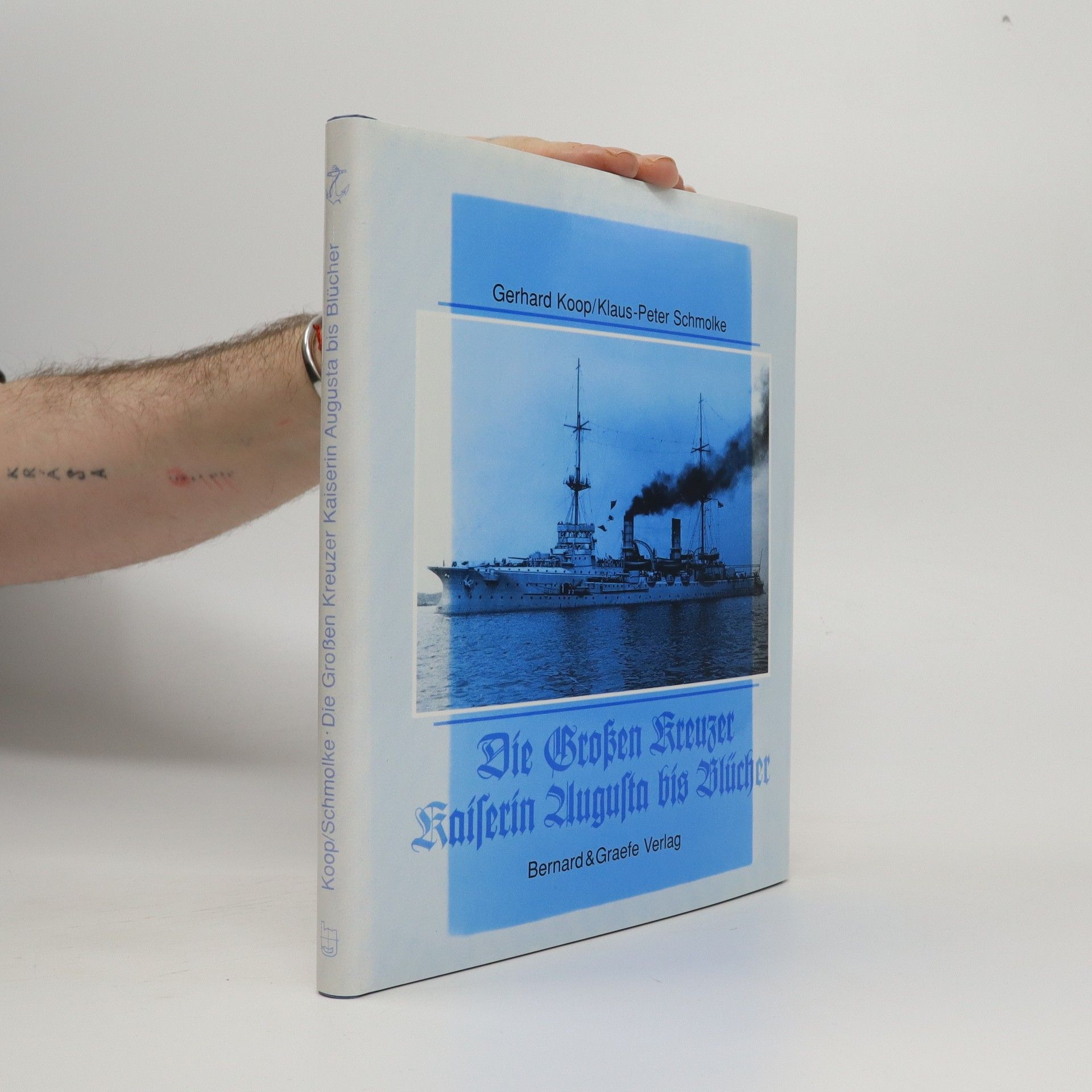The warships of the World War II era German Navy are among the most popular subject in naval history with an almost uncountable number of books devoted to them. However, for a concise but authoritative summary of the design history and careers of the major surface ships it is difficult to beat a series of six volumes written by Gerhard Koop and illustrated by Klaus-Peter Schmolke. Each contains an account of the development of a particular class, a detailed description of the ships, with full technical details, and an outline of their service, heavily illustrated with plans, battle maps and a substantial collection of photographs. These have been out of print for ten years or more and are now much sought after by enthusiasts and collectors, so this new modestly priced reprint of the series will be widely welcomed.??The first volume, appropriately, is devoted to the Kriesmarine's largest and most powerful units, the battleships Bismarck and Tirpitz, whose careers stand in stark contrast to each other _ one with a glorious but short life, while the other was to spend a hunted existence in Norwegian fjords, all the time posing a threat to Allied sea communications, while attacked by everything from midget submarines to heavy bombers.
Gerhard Koop Books
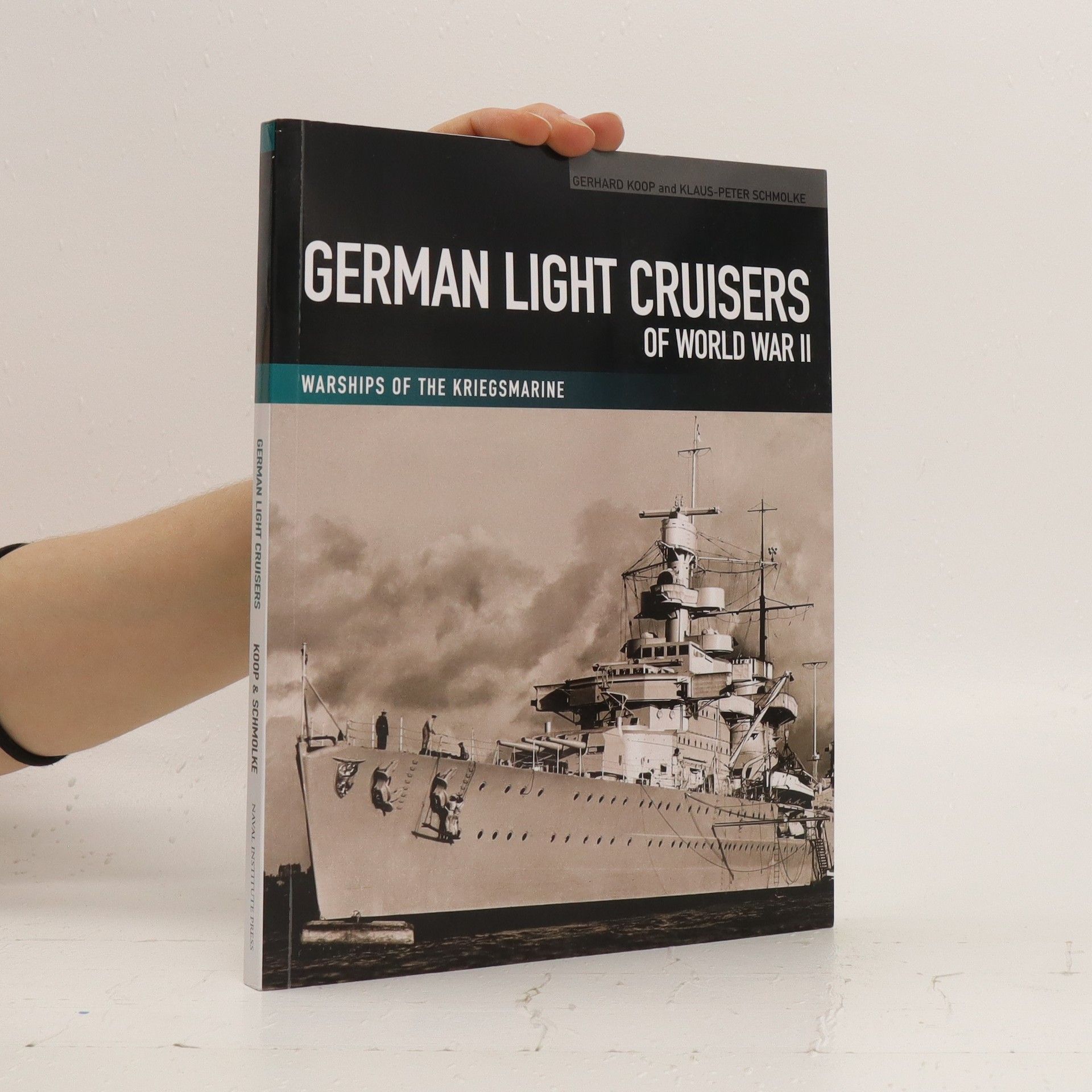

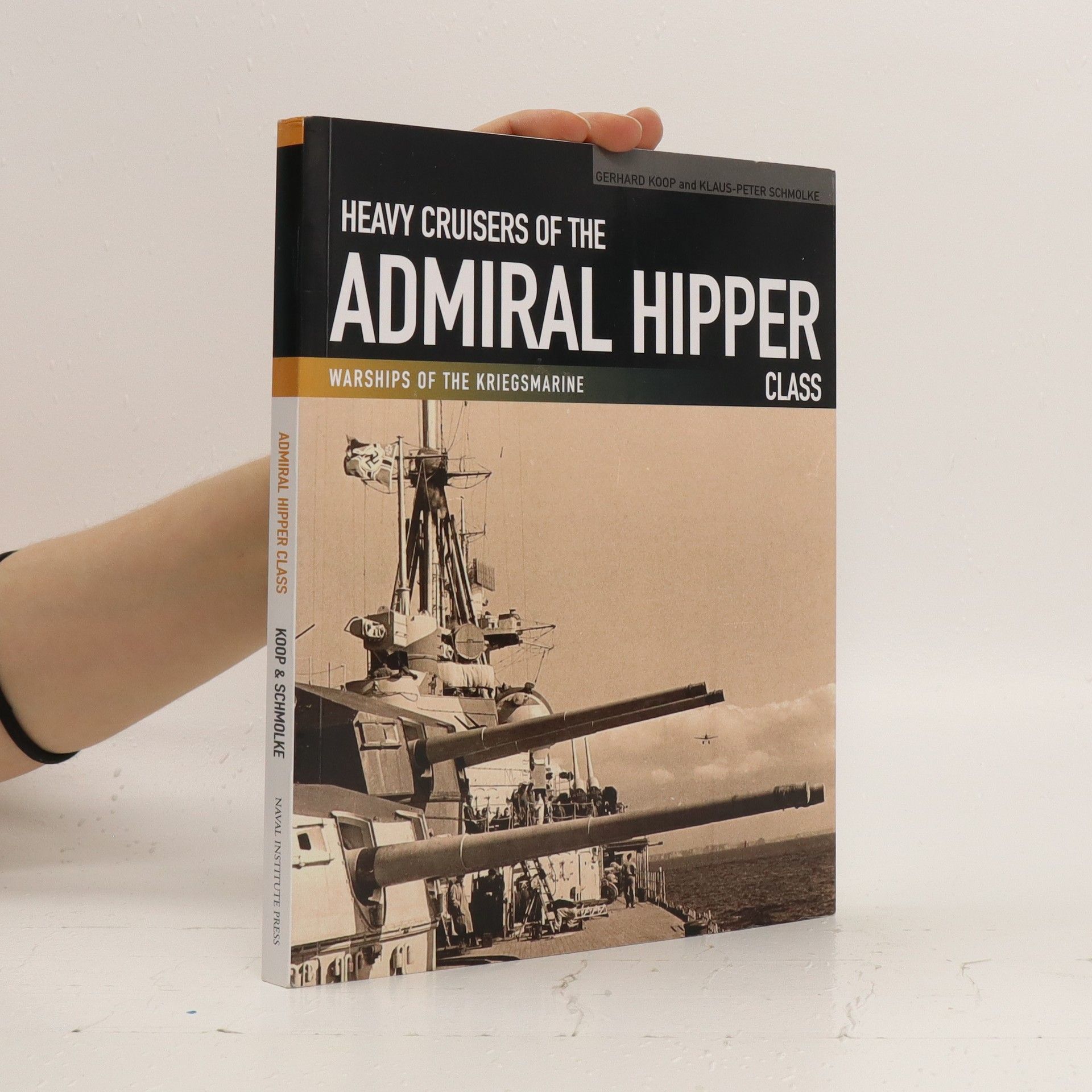
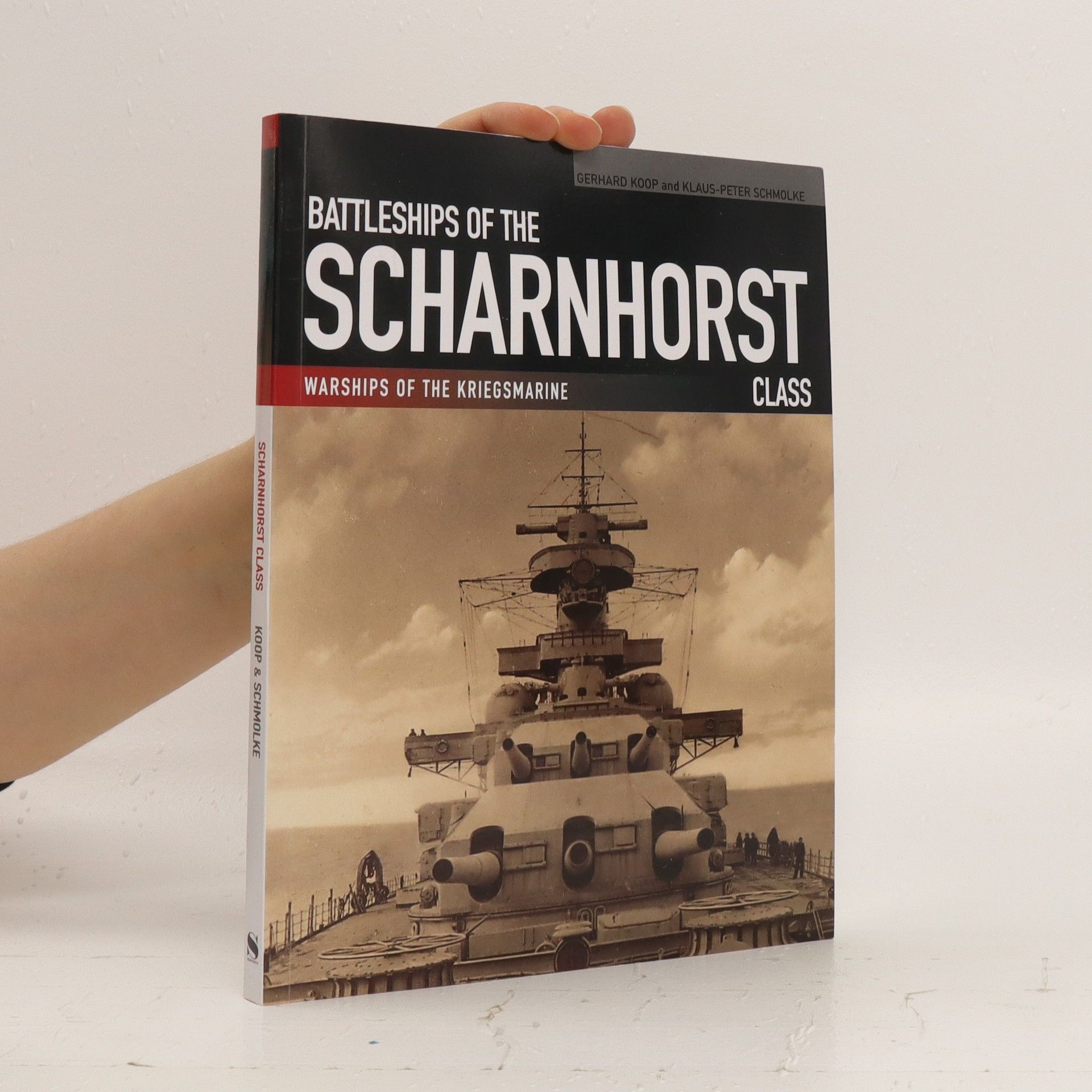

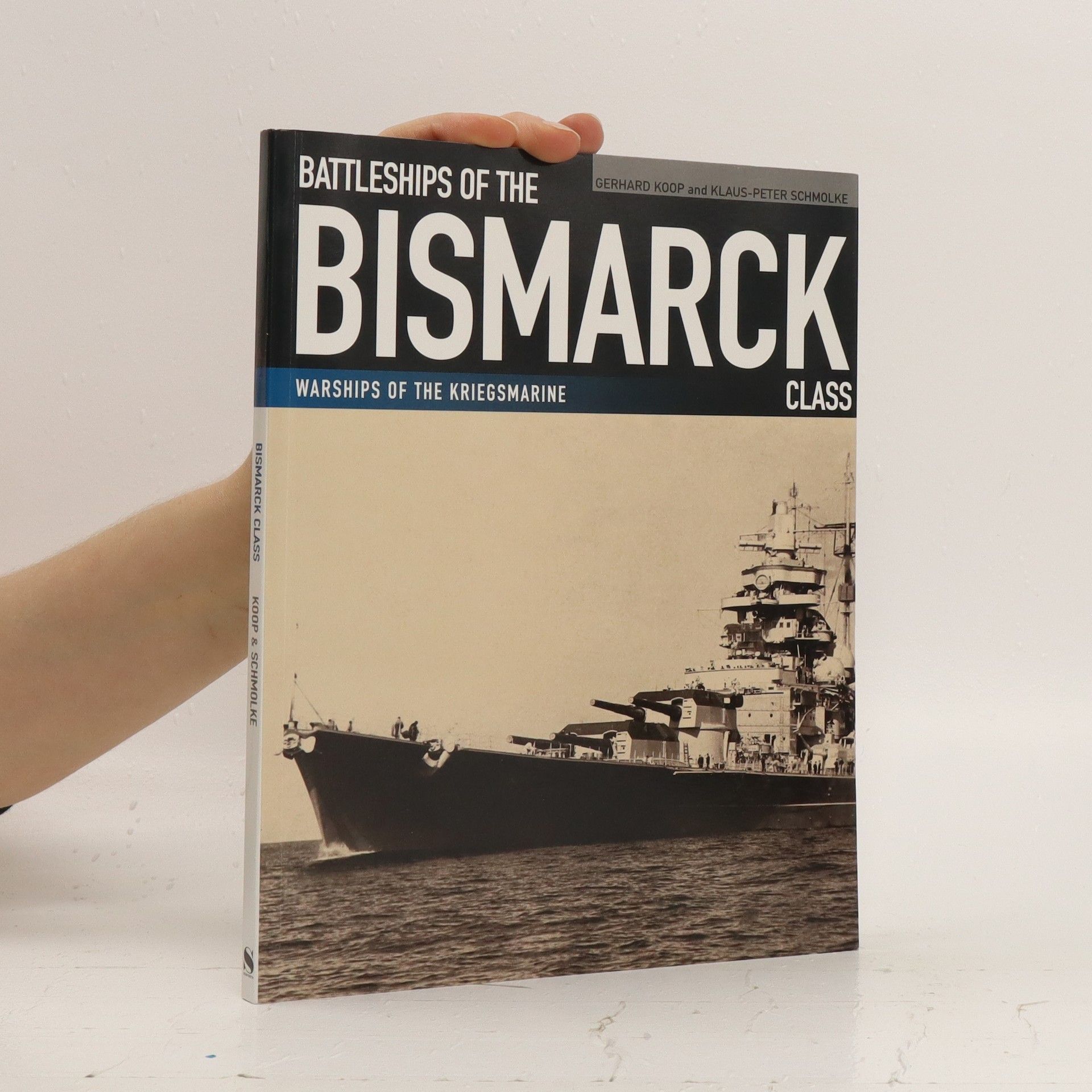
Reprint of a series constituting the best all-round monographs on German surface warships. All the 40 or so German destroyers that saw service during the war are detailed in this book.
Battleships of the Scharnhorst Class
- 175 pages
- 7 hours of reading
The warships of the World War II era German Navy are among the most popular subject in naval history with an almost uncountable number of books devoted to them. However, for a concise but authoritative summary of the design history and careers of the major surface ships it is difficult to beat a series of six volumes written by Gerhard Koop and illustrated by Klaus-Peter Schmolke. Each contains an account of the development of a particular class, a detailed description of the ships, with full technical details, and an outline of their service, heavily illustrated with plans, battle maps and a substantial collection of photographs. These have been out of print for ten years or more and are now much sought after by enthusiasts and collectors, so this new modestly priced reprint of the series will be widely welcomed.??Scharnhorst and Gneisenau, the subject of this volume, were the product of a long, involved and politically determined design process that saw them develop from an improved Pocket Battleship to what many described as a battlecruiser, although they were really fast battleships. They were the most active, and successful, of the Kriegesmarine's major warships, taking part in numerous famous operations, including the infamous 'Channel Dash'.
The warships of the World War II German Navy are among the most popular subjects in naval history, and one of the best collections is the concise but authoritative six volume series written by Gerhard Koop and illustrated by Klaus-Peter Schmolke. Each book contains an account of the development of a particular class, a detailed description of the ships, with full technical details, and an outline of their service, and are heavily illustrated with plans, battle maps and a substantial collection of photographs. The first five volumes of this much sought after series are now available in paperback, with the sixth volume German Light Cruisers of World War II, planned for release in the fall of 2014. This volume covers the Admiral Hipper class, among the largest heavy cruisers to serve in World War II. Intended to be a class of five, they enjoyed contrasting fortunes: Seydlitz and Lützow were never completed; Blücher was the first major German warship sunk in action; Admiral Hipper became one of the most successful commerce raiders of the war; while the Prinz Eugen survived to be expended as a target in one of the first American nuclear tests in 1946.
The warships of the World War II era German Navy are among the most popular subject in naval history with an almost uncountable number of books devoted to them. However, for a concise but authoritative summary of the design history and careers of the major surface ships it is difficult to beat a series of six volumes written by Gerhard Koop and illustrated by Klaus-Peter Schmolke. Each contains an account of the development of a particular class, a detailed description of the ships, with full technical details, and an outline of their service, heavily illustrated with plans, battle maps and a substantial collection of photographs. These have been out of print for ten years or more and are now much sought after by enthusiasts and collectors, so this new modestly priced reprint of the series will be widely welcomed.??This volume covers the three ships of a design so revolutionary that it defied conventional categories. Deutschland (later renamed LÙtzow), Admiral Scheer and Admiral Graf Spee were simply termed panzerschiffe (armoured ships) by the Germans, but they were known to their opponents by the far more evocative term Pocket Battleships.
This classic work is widely regarded as the best concise history of the development, design details, and careers of all the interwar German light cruisers, ambitious but ultimately flawed designs that attempted too much on tonnages constrained by treaty obligations
Eine detailreiche Darstellung aller Schiffe der NS-Marine in Wort und Bild (mit deutschen und englischen Texten), nach Schiffstypen gereiht (gesamt 4 Bände).
Die großen Kreuzer Kaiserin Augusta bis Blücher
- 174 pages
- 7 hours of reading
Kampf und Untergang der deutschen U-Boot-Waffe
Eine Bilanz in Wort und Bild aus der Sicht des Gegners

